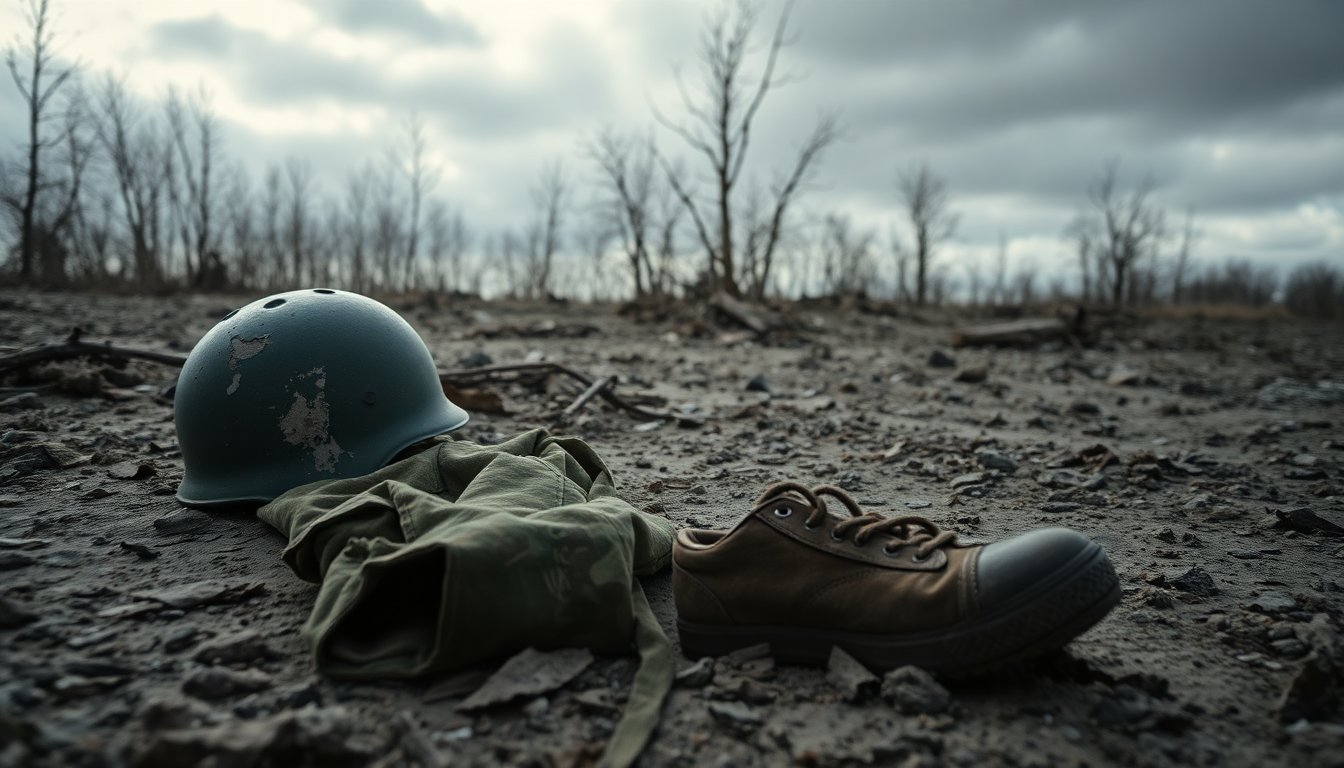Table of Contents
Investigations have revealed alarming truths about the Russian military. Many soldiers are reportedly dying in combat with Ukrainian forces, while others face execution by their own leaders. A comprehensive study by the publication Verstka identified over a hundred servicemen allegedly involved in what is termed ‘zeroing out’, a euphemism for field executions within the army.
The findings indicate that these brutal acts include torturing soldiers to death, shooting them, or sending them on perilous missions as punishment for perceived disobedience or refusal to engage in combat. This article explores these grim revelations, highlighting the systemic issues within the Russian military.
Understanding the concept of ‘zeroing out’
The term ‘zeroing out’ refers to the execution of soldiers accused of various infractions. The database compiled by Verstka lists 101 individuals, many of whom are commanders, with 79 being verified through reliable sources. The ongoing updates to this database reflect the continuous nature of these incidents, underscoring the urgent need for transparency and accountability.
Who are the perpetrators?
The majority of those identified in the database are leaders of varying ranks, with detailed profiles available for most, including their names, ranks, and photographs. Alarmingly, very few have faced formal charges for their alleged actions. A source within the Main Military Prosecutor’s Office disclosed that an informal ban has been placed on investigating these officers, citing concerns that such inquiries could disrupt military operations.
As the conflict in Ukraine escalates, the number of complaints regarding internal killings has surged. Official records indicate that over 12,000 complaints have been filed since the onset of the invasion, highlighting the severity of the situation.
Methods of execution and punishment
The methods of execution within the Russian military are varied and brutal. Soldiers accused of misconduct often find themselves imprisoned in makeshift dungeons or pits, where they face starvation, beatings, and the threat of death. A soldier who served in the 114th Separate Guards Motor Rifle Brigade shared harrowing accounts of prisoners being forced to fight each other to the death, illustrating the brutality of these internal punishments.
One particularly disturbing incident involved a video released in May 2025, showing two men coerced into a deadly fight under the orders of their commander, known by the call sign ‘Kama’. This commander has been implicated in various acts of torture and has faced accusations of extorting money from his soldiers.
The role of financial motives
Witnesses have reported that the motivations behind many of these violent acts often stem from financial gain. The case of Andrey Bykov, a soldier from the 80th Guards Tank Regiment, exemplifies this grim reality. After receiving compensation for a combat injury, his commanders demanded a portion of the payout. When he refused, he was brutally murdered, reinforcing the notion that financial pressures frequently drive these violent acts.
Furthermore, commanders have been known to exploit their authority to extort money from soldiers for various reasons, from gear purchases to avoidance of hazardous missions. This systemic corruption and violence raise pressing questions about leadership and accountability within the military.
The culture of silence and cover-ups
The culture within the Russian military surrounding these executions is marked by pervasive silence and a tendency toward cover-ups. Many victims’ families are left in despair, with their loved ones often reported as missing in action or classified as deserters, leaving families without compensation. In some instances, the bodies of executed soldiers are disposed of in the woods or hastily buried, disguised as combat casualties.
The findings indicate that these brutal acts include torturing soldiers to death, shooting them, or sending them on perilous missions as punishment for perceived disobedience or refusal to engage in combat. This article explores these grim revelations, highlighting the systemic issues within the Russian military.0
The findings indicate that these brutal acts include torturing soldiers to death, shooting them, or sending them on perilous missions as punishment for perceived disobedience or refusal to engage in combat. This article explores these grim revelations, highlighting the systemic issues within the Russian military.1


